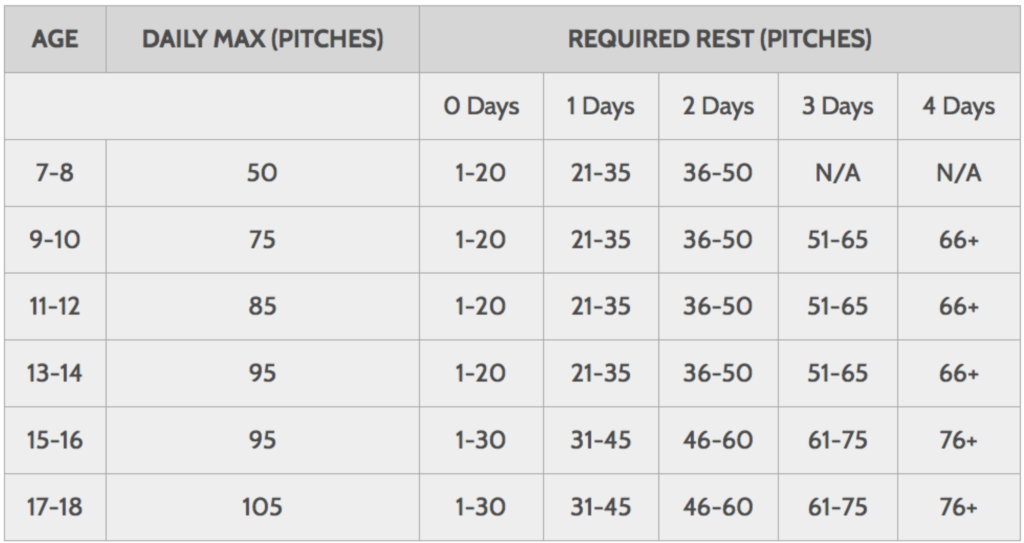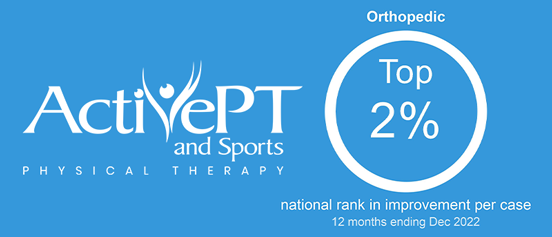For anyone involved in the sport of baseball, whether a player, coach, or fan, understanding the importance of pitch count is crucial. The frequency of throwing has been directly linked to a player’s health, specifically the risk of injury. This is particularly true for pitchers who are required to throw at a high intensity throughout the game. Managing a pitcher’s workload has become a key strategy in maintaining a pitcher’s health throughout the season.
Understanding the Risks
To illustrate the gravity of the situation, let’s look at some statistics from a 2014 study published in the Journal of Sports Medicine. This study shows that 45% of players pitched in leagues without any pitch counts or limits. Further, 43.5% pitched on consecutive days and 30.4% pitched on multiple teams with overlapping seasons. These risky behaviors increase the chances of injury significantly.
Even more concerning is that 19% of participants pitched in multiple games on the same day and 13.2% played competitive baseball for over eight months per year. The study found that higher pitching volume is associated with an increased risk of injury. For instance, throwing over 100 innings annually triples a baseball pitcher’s risk of injury. Averaging more than 80 pitches per game quadruples their injury risk. If a player pitches for over eight months in one year, their risk of injury increases by five times!
Guidelines for Baseball Pitch Count
Recognizing this issue, Little League Baseball and USA Baseball have established guidelines for appropriate pitch counts based on age. The goal of pitch count guidelines is to minimize the risk of injury while still allowing pitchers to develop their skills and contribute to their teams.
In 2023, an American Sports Medicine Institute (ASMI) panel, which included experts like Dan Fleisig, Kevin Wilks, Mike Reinold, and Dr. James Andrews, recommended a rule of thumb for pitch counts. The panel suggested that a pitcher’s pitch count should not exceed four times their age. This means, for example, that a 10-year-old should throw no more than 40 pitches in a game. This guideline is a preventative measure, aimed at reducing the risk of overuse injuries that can have long-term effects on a player’s health and career. It’s important for coaches, players, and parents alike to be aware of these limits and to ensure they are enforced during games and practices.
MLB.com provides a one-stop source for pitch count recommendations.
Take Home Message – Baseball Pitch Counts Matter
The importance of pitch count in baseball cannot be overstated. It’s crucial for maintaining pitcher health throughout the season and ensuring the longevity of their careers. While these guidelines may seem restrictive, they are in place to protect players, allowing them to enjoy the sport they love while minimizing the risk of injury.
With the right knowledge and careful management, pitchers can maintain a healthy arm and contribute significantly to their teams’ success. The key is to understand the risks associated with overpitching. Then, adhere to the guidelines set out by reputable organizations like the ASMI. It’s not just about winning games. It’s also about ensuring players can continue to play the sport they love for as long as possible.
If you or your player is experiencing pain or throwing-related arm fatigue, ActivePT offers free 15-minute screening appointments. These appointments are simple. Get your problem assessed and all your questions answered right away by one of our baseball specialists. There is no cost and no referral is needed.

Robin Heilkskov, PTA, APP




